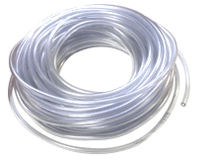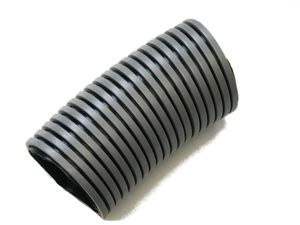Difference between revisions of "Plastic Tubing"
Jump to navigation
Jump to search
(Created page with "Category:Piping{{Knoppen}} <noinclude><!------------------------------------------------ * READ THIS FIRST * Only edit this page if you can improve the content. * Improper u...") |
|||
| Line 7: | Line 7: | ||
* Please start editing this page after the /noinclude | * Please start editing this page after the /noinclude | ||
* -------------------------------------------------></noinclude> | * -------------------------------------------------></noinclude> | ||
[[File:Plastic tubing.gif|thumb|right|Plastic Tubing]] | |||
[[File:Plastic Tubing1.jpg|thumb|right|Plastic Tubing]] | |||
'''Plastic Tubing''' is widely used for its light weight, chemical resistance, non-corrosive properties, and ease of making connections. Plastic materials include polyvinyl chloride (PVC),chlorinated polyvinyl chloride(CPVC), fibre reinforced plastic (FRP),reinforced polymer mortar (RPMP),polypropylene(PP),polyethylene(PE), cross-linked high-density polyethylene (PEX), polybutylene (PB), and acrylonitrile butadiene styrene (ABS), for example. In many countries, PVC pipes account for most pipe materials used in buried municipal applications for drinking water distribution and waste water mains. | |||
Revision as of 01:07, 2 January 2013
Plastic Tubing is widely used for its light weight, chemical resistance, non-corrosive properties, and ease of making connections. Plastic materials include polyvinyl chloride (PVC),chlorinated polyvinyl chloride(CPVC), fibre reinforced plastic (FRP),reinforced polymer mortar (RPMP),polypropylene(PP),polyethylene(PE), cross-linked high-density polyethylene (PEX), polybutylene (PB), and acrylonitrile butadiene styrene (ABS), for example. In many countries, PVC pipes account for most pipe materials used in buried municipal applications for drinking water distribution and waste water mains.

